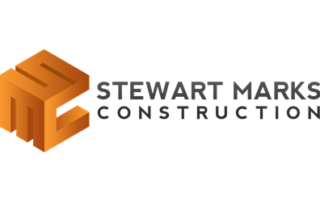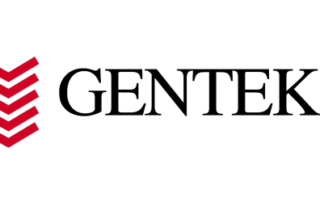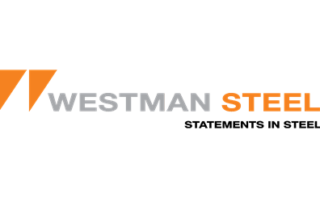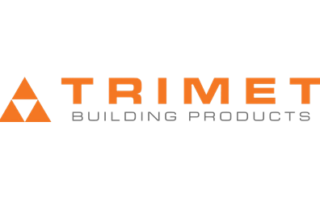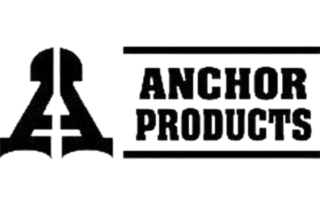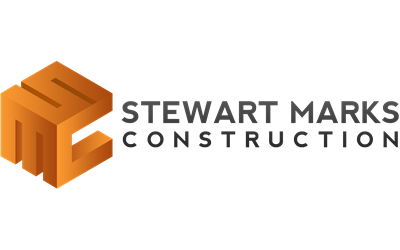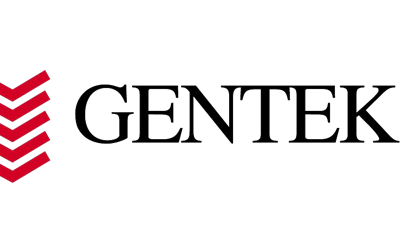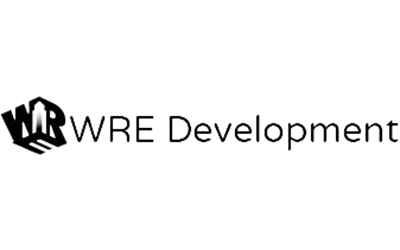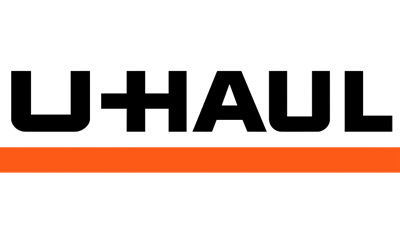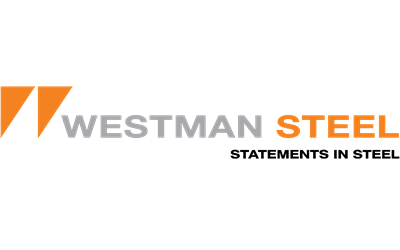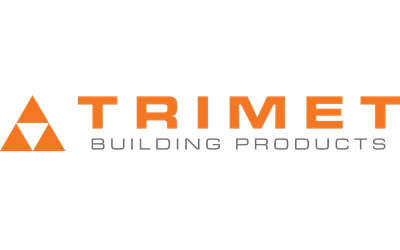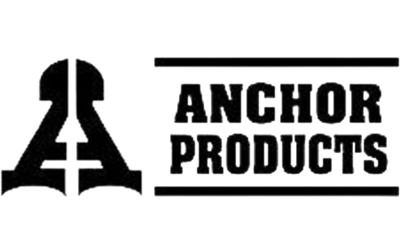Galvanized Steel
Galvanized Steel is created through the hot-dip galvanizing process whereby carbon steel coil is submerged in a bath of molten zinc. The steel coil emerges with a metallic coating of zinc on both sides of the strip. Galvanizing protects the carbon steel in two ways. First, the zinc coating provides a continuous, impervious metallic barrier that does not allow moisture to contact the steel. Without moisture, there is no corrosion. Secondly, when the base steel is exposed, such as with a cut edge or scratch, the steel is protected by the sacrificial corrosion of the zinc coating adjacent to the steel.
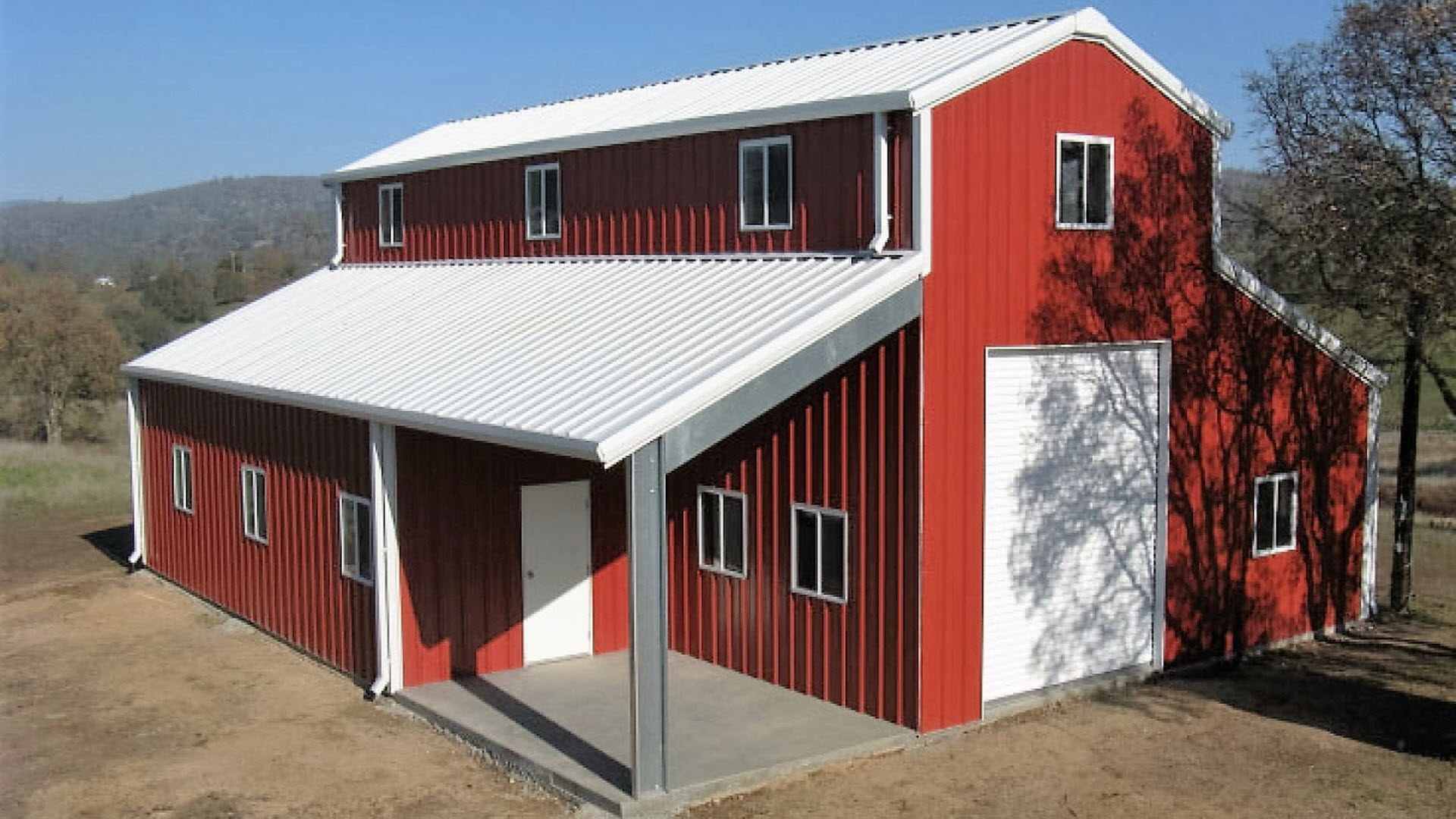
The metallic coating of zinc on the Galvanized Steel coil provides a visible and aesthetic feature known as “spangle”. By varying the number of particles added to the zinc bath and the rate of cooling in the hot-dip process, the spangle can be adjusted from an apparently uniform surface, where the spangle is too small to see with the naked eye, to a more visible spangled surface.
Galvanized steel is a preferred construction product that has proven performance over decades of use in a wide range of end-use applications.
Benifits
- Durability
The zinc metallic coating forms a durable, long-lasting, sacrificial coating that protects the steel from corrosion in most end-use applications. - Low Maintenance
Provides an easy to clean surface that is virtually maintenance free. - Economic
Offers a lower overall cost compared to other metallic coated steel substrates and substitute products. - Animal Confinement
Galvanized steel comes highly recommended for applications in animal confinement buildings or in buildings where the steel comes in contact with soil, cement and/or concrete. Flexibility
Can be formed into a wide variety of end-use applications without sacrifice to the metallic-coating.- Sustainability
100% recyclable (can be melted back down for reuse) at the end of life which means less construction product going in landfills. In addition, its long service-life means the product will last longer without need for replacement. - ASTM Specifications
ASTM Designation A653 outlines the general requirements for hot-dipped Galvanized Steel. Included in this specification are steel chemistry requirements, typical mechanical properties of various metallurgical grades, and the coating weight requirements for the different coating designations. - Coating Thickness
Coating thickness is measured as the coating weight in ounces per square foot. For example, a coating designation of G60 specifies there is a minimum coating weight of 0.60 ounces per square foot on both sides of the sheet. The most common coating thicknesses are G40, G60 and G90.
Benifits
- Durability
The zinc metallic coating forms a durable, long-lasting, sacrificial coating that protects the steel from corrosion in most end-use applications. - Low Maintenance
Provides an easy to clean surface that is virtually maintenance free. - Economic
Offers a lower overall cost compared to other metallic coated steel substrates and substitute products. - Animal Confinement
Galvanized steel comes highly recommended for applications in animal confinement buildings or in buildings where the steel comes in contact with soil, cement and/or concrete. Flexibility
Can be formed into a wide variety of end-use applications without sacrifice to the metallic-coating.- Sustainability
100% recyclable (can be melted back down for reuse) at the end of life which means less construction product going in landfills. In addition, its long service-life means the product will last longer without need for replacement. - ASTM Specifications
ASTM Designation A653 outlines the general requirements for hot-dipped Galvanized Steel. Included in this specification are steel chemistry requirements, typical mechanical properties of various metallurgical grades, and the coating weight requirements for the different coating designations. - Coating Thickness
Coating thickness is measured as the coating weight in ounces per square foot. For example, a coating designation of G60 specifies there is a minimum coating weight of 0.60 ounces per square foot on both sides of the sheet. The most common coating thicknesses are G40, G60 and G90.
Surface Treatments
Chemical Treatment
A chemical surface treatment is available which consists of a thin, invisible, corrosion inhibiting, inorganic, chemical film applied on both sides of the metallic coated surface. This film is applied at the metallic coating line by dipping the steel strip into a solution of corrosion inhibiting chemicals. The chemically treated surface is much more resistant to “white rust” – the corrosion of zinc that typically occurs in humid conditions during storage or transportation.
Resin Coating
A resin coating is also available on our Galvanized Steel. This water-based resin coating is applied to both sides of the strip regardless of whether chemical-treatment is part of the resin package or pre-applied. The resin coating is formulated to resist finger printing and scuffing during product handling, improves resistance to wet-stack stains occurring during transport and storage, and virtually eliminates the need for roll forming lubricants.
End-Use Applications
Galvanized Steel products are found in a wide variety of applications including heating and air conditioning duct work and vents, barriers and wall partitions, light-gauge framing, garage and entry doors, mesh screens, appliance and fireplace sections, and more. It can also be pre-painted for use in roofing and wall panel applications, metal buildings, carports and rainwater goods such as downspouts and gutters.
Trusted Partners
Armour Cladding is proud to have created several stable and long-term relationships with various partners to ensure we provide you with the greatest product and value possible.
Trusted Partners
Armour Cladding is proud to have created several stable and long-term relationships with various partners to ensure we provide you with the greatest product and value possible.


